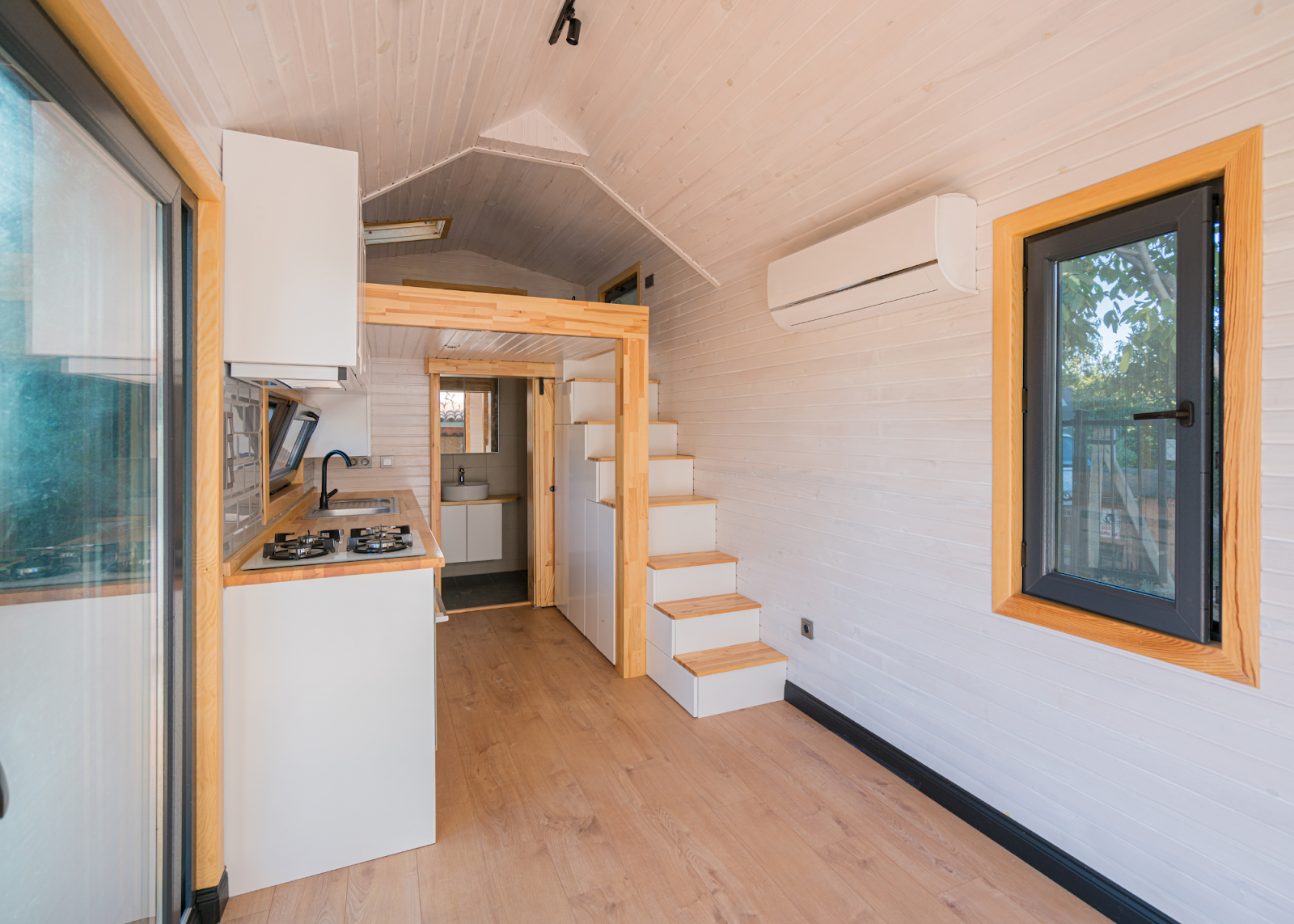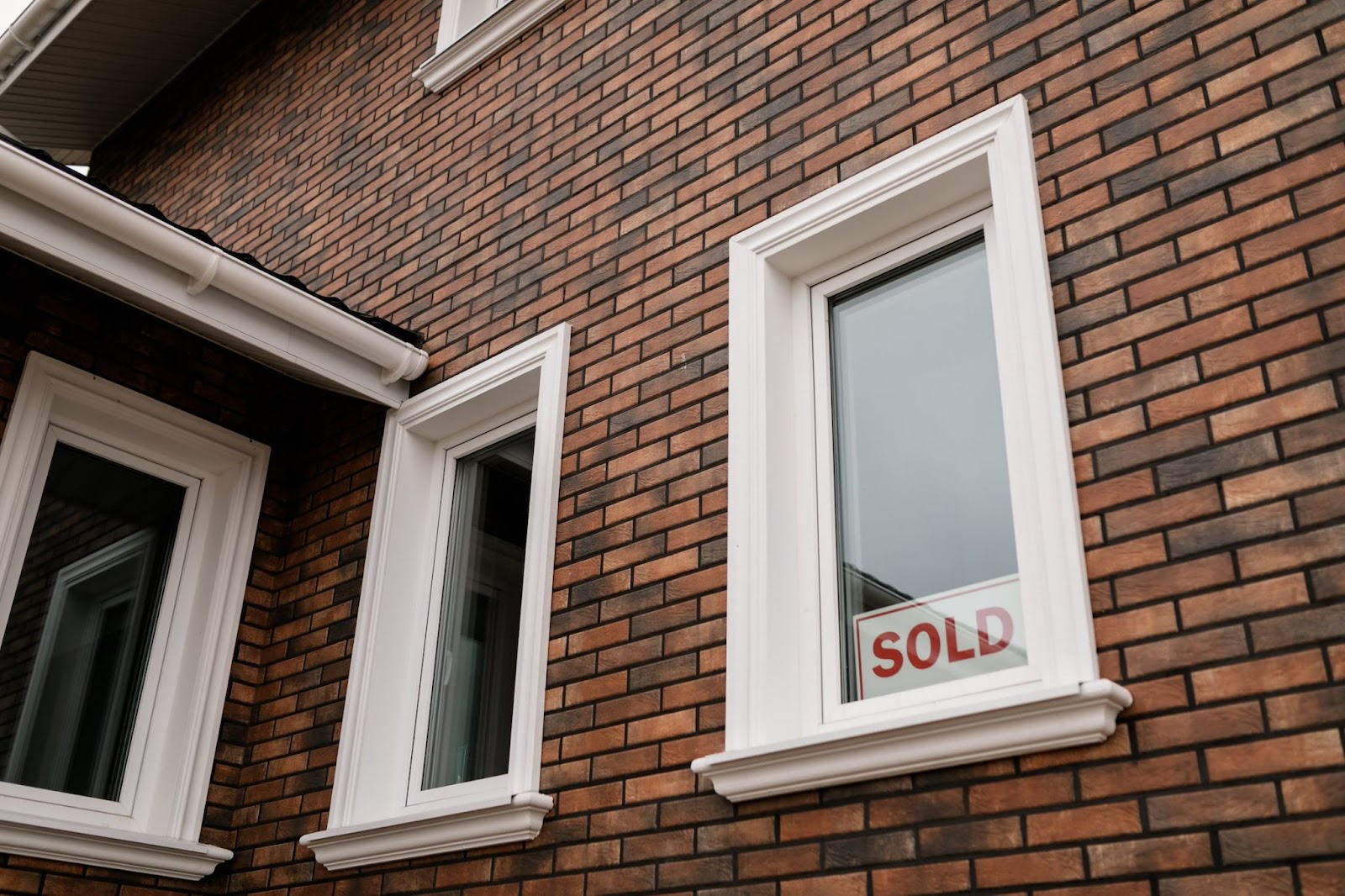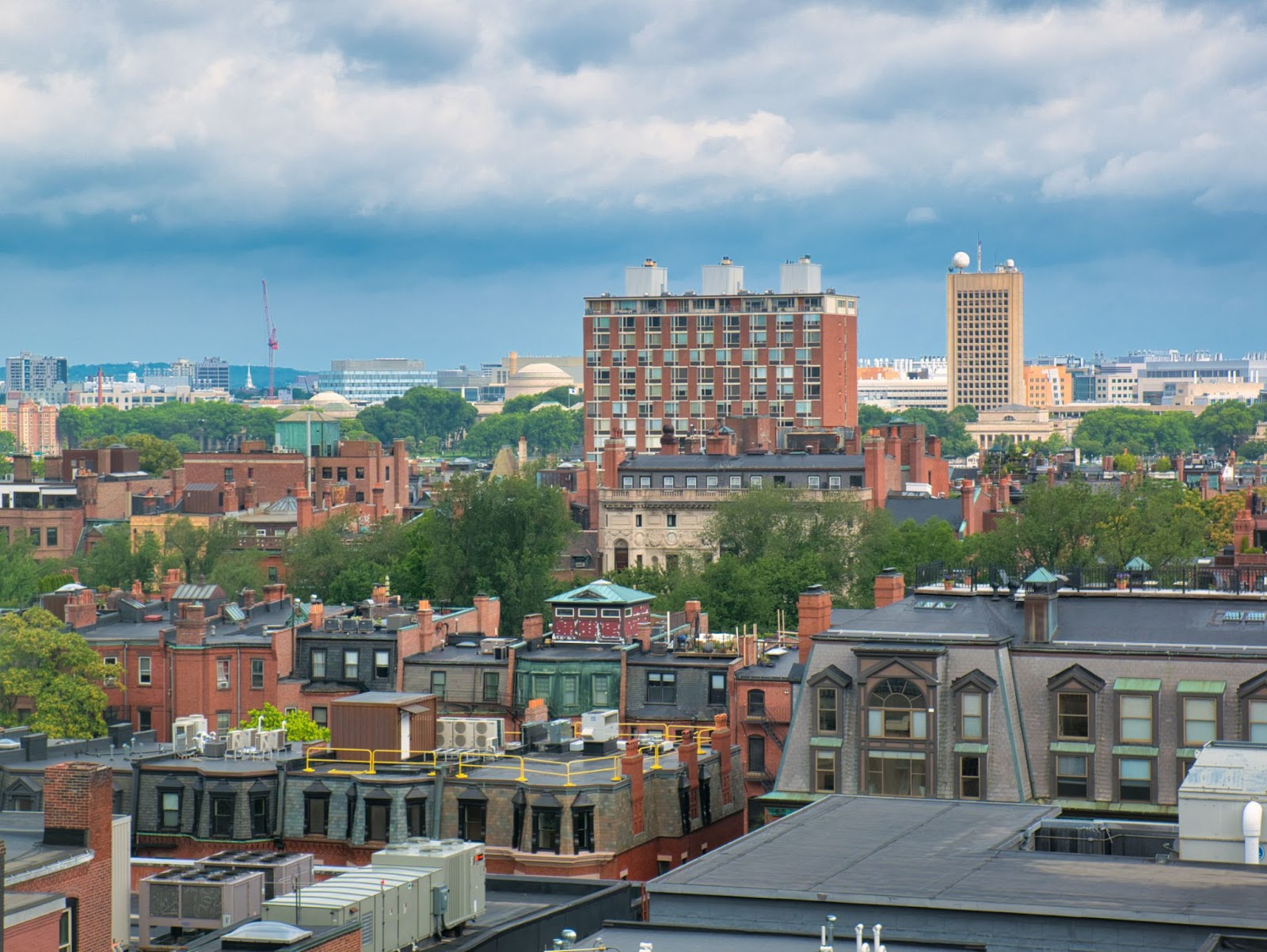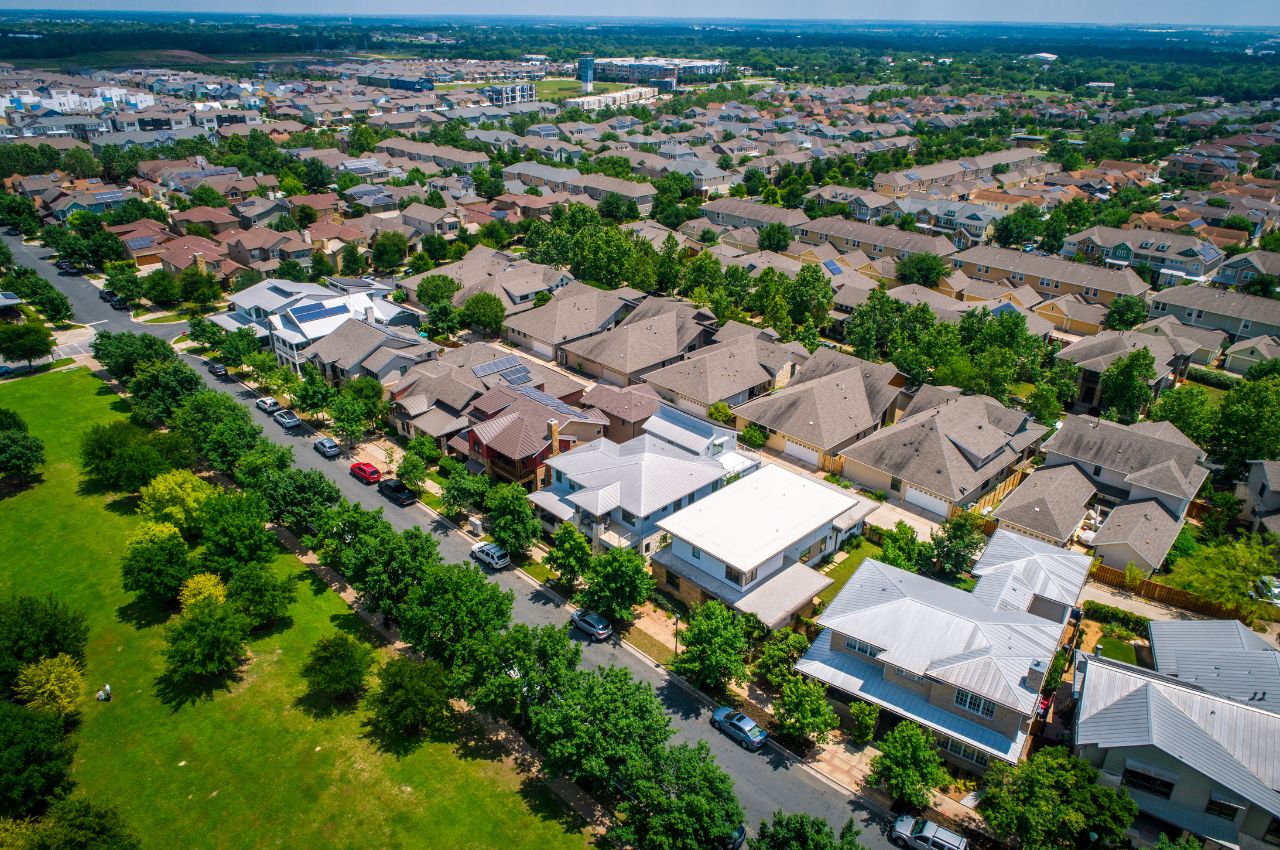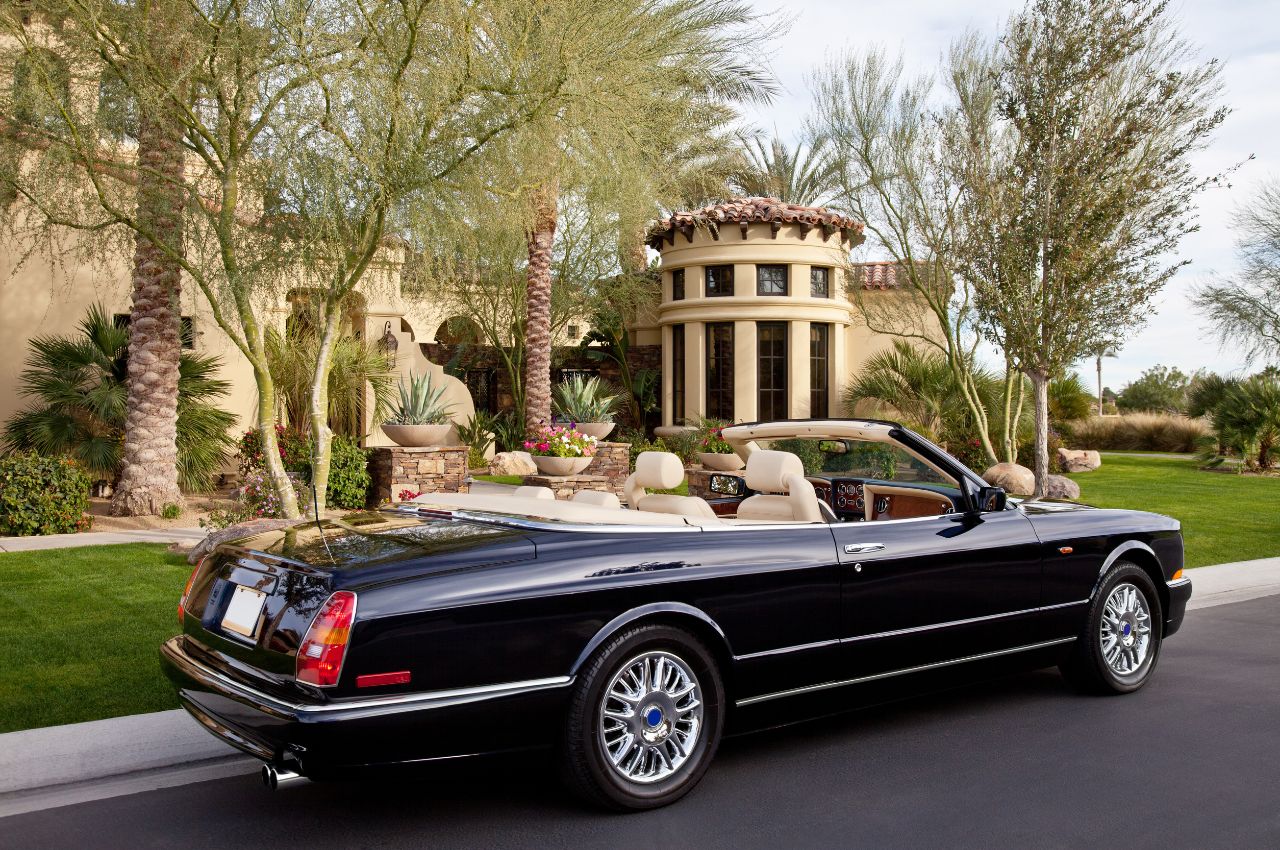In the prestigious enclave of San Francisco’s Telegraph Hill, a newly constructed three-bedroom, five-bathroom townhouse at 115 Telegraph Hill Blvd. offers an unparalleled living experience. With its internal elevator and stunning roof deck that presents panoramic views from the Bay Bridge to the Golden Gate, this property epitomizes luxury in one of the city’s most sought-after neighborhoods. Despite its desirability and the rarity of such a high-caliber offering in a market almost hostile to development, the townhouse did not sell. Instead, it found tenants, renting a staggering $26,250 a month to an out-of-town couple in the latter part of last year.
The phenomenon of luxury properties in San Francisco transitioning from sales to rentals indicates a broader trend among the ultra-rich—choosing to rent rather than buy. This shift is underscored by the experience of Compass broker Inna Rubinchik, or “Leasing Agent 415,” who marked her most successful year with the leasing of 115 Telegraph Hill Blvd. and its adjacent sister properties, each commanding rents exceeding $25,000 a month. Originally listed for sale with prices ranging from $12 million to $15 million, these luxury homes remained unsold, even after significant price reductions, reflecting a cooling in the luxury homebuying market compared to the frenetic pace of 2021.
Factors such as rising interest rates have led to a pullback by buyers, resulting in lower asking prices from sellers and a throttled inventory due to sellers’ reluctance to accept a loss. This has led the ultra-wealthy to pivot toward the high-end rental market, a trend that has gained momentum over the past eighteen months. Rubinchik’s clientele, predominantly from the tech, venture capital, private equity, and hedge fund sectors, illustrates the diverse profile of ultra-wealthy renters driving this market shift.
Owners of luxury properties, facing a market where interest rates sideline buyers, have found renting out their high-end homes more economically viable. This shift toward renting over selling has created a dynamic change in the luxury real estate market in San Francisco. Rubinchik notes that most property owners who purchased in the last decade prefer selling. However, the current economic landscape makes renting a more practical choice unless selling is necessary.
The luxury real estate market’s shift from a seller’s to a renter’s market reflects broader economic and social trends. The initial surge in luxury home sales during 2021, reminiscent of the “Roaring Twenties,” gave way to a significant downturn due to global conflicts, interest rate hikes, and banking instabilities. Gregg Lynn, a leading real estate agent at Sotheby’s International, observed a pronounced increase in clients turning to rentals for cash flow as the market for buyers at preferred price points dried up.
Despite the challenges, there are signs of a market reprieve. More buyers are emerging, encouraged by clearer future market conditions and potential interest rate cuts. Compass data indicates a 70% increase in luxury home sales compared to last year, suggesting a turning point for the San Francisco market.
The ultra-rich’s growing preference for renting over buying in San Francisco signals a significant shift in the luxury real estate market. As the city navigates through these changes, the luxury real estate landscape continues to adapt, offering insights into the priorities and lifestyles of the ultra-wealthy.

































































